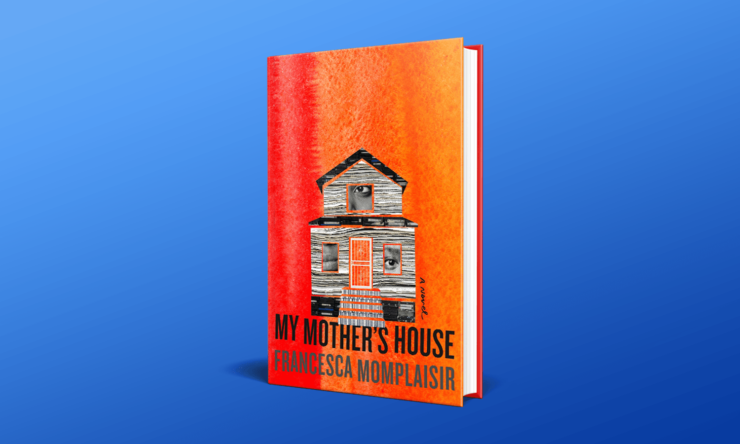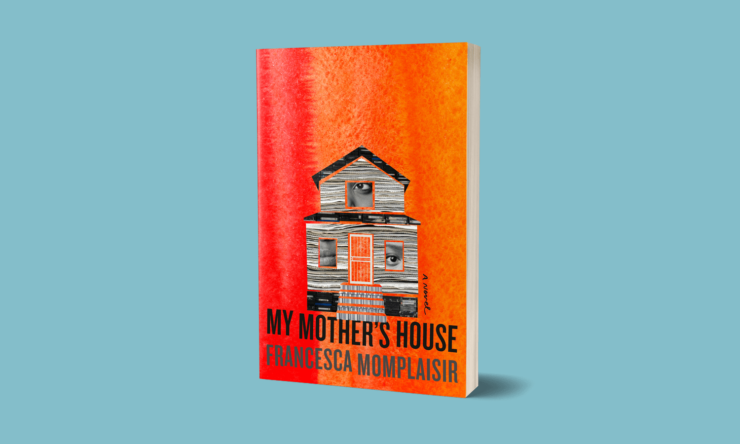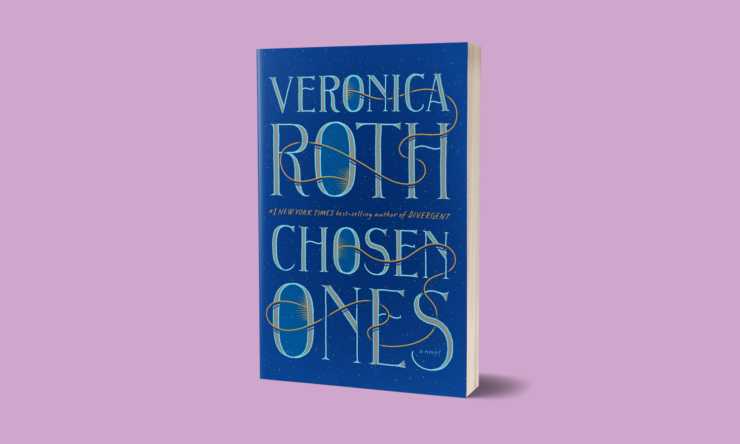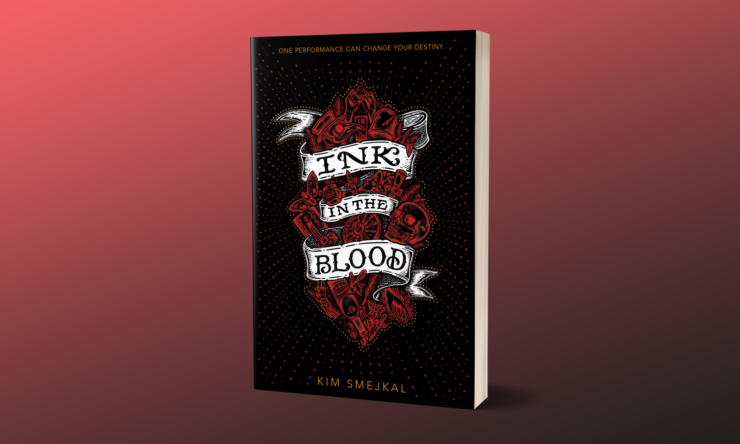Francesca Momplaisir’s My Mother’s House Confronts Generational Trauma Head-on
Comment number:
0
Advertisement
Showing 6 results





“We are all stardust and stories.”
Erin Morgenstern, The Starless Sea
For compliance with applicable privacy laws:



